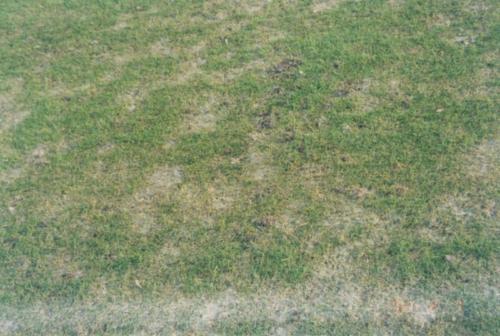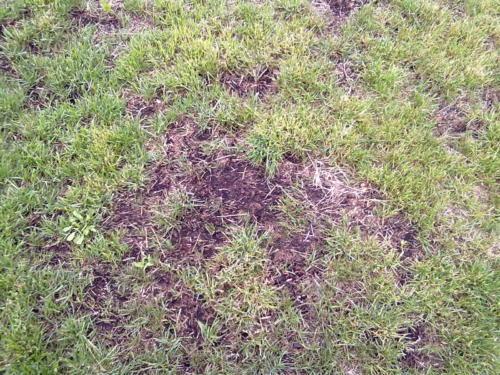How to sow a lawn in summer after winter
Bald spots on the lawn and partial dying off of the root system are a real scourge for gas owners in our country. This is largely due to the harsh climate and abundance of snow in most regions. Therefore, before figuring out how to sow a lawn in the summer after winter, it is worth understanding what are the reasons for its damage.
Why does the lawn become liquid after winter?
When the last snow melts, lawn owners often look in horror at the numerous bald spots and very thinned grass.

There may be several reasons for this.
- Snow too early. Early and light snow. Many varieties of lawn grass can withstand frost easily. But a dense crust of snow or, moreover, ice, blocks the access of oxygen. As a result, weak plants die due to oxygen starvation. To prevent this from happening, early snow and ice crust should be removed. Desirable with a broom and a fan rake;
- The snow is too late. Yes, late snowfall can also be a problem. Frosts down to -10… -15 degrees have a negative effect on the lawn, killing weak grass. To reduce the percentage of grass dying from frost, fertilize the lawn with fertilizers with a high phosphorus content in the fall - it strengthens the root system, allowing the grass to survive low temperatures.
How to sow a lawn
If large bald patches appear on the lawn after wintering, they should be removed as soon as possible.

In cases where the damage is very severe and noticeable, it is easiest to use pieces of commercially available lawn. Using a utility knife, carefully cut out a piece of dead lawn and replace with fresh one. When doing this, use a commercially available lawn planted with the same grass that grows in your area to avoid the “patching” effect. Immediately after planting, it is recommended to fertilize the lawn with seasonal fertilizer, and then water it abundantly, helping the new pieces to settle down on the old lawn.
It is more difficult if the bald spots are not too noticeable, but more numerous. In this case, you will have to sow new seeds. Of course, this will require finding seeds of the same type of grass that grows on the rest of the lawn. This guarantees an even color, the same growth rate of the grass and an identical appearance. The seeds can be mixed with soil and large bald patches can be sown gently.

The worst option is if the entire lawn has become thinner due to partial death of the root system. This means that the entire area will have to be sown with fresh seeds. Of course, you should not use the amount of seeds recommended by the instructions. Enough 30-40% of the specified number.
After overseeding, it is recommended to carry out the above set of measures: fertilization with suitable mixtures and abundant watering. But, unlike planting with pieces of the finished lawn, it is recommended to use mulching when sowing. You can use sawdust or peat for this, but old grass works best - it is easier to remove from the lawn.A thick layer of mulch (at least 5 centimeters) will not only save moisture, but also protect the seeds from voracious birds.